Laboratory Glassware Washer Suppliers
Information to be updated
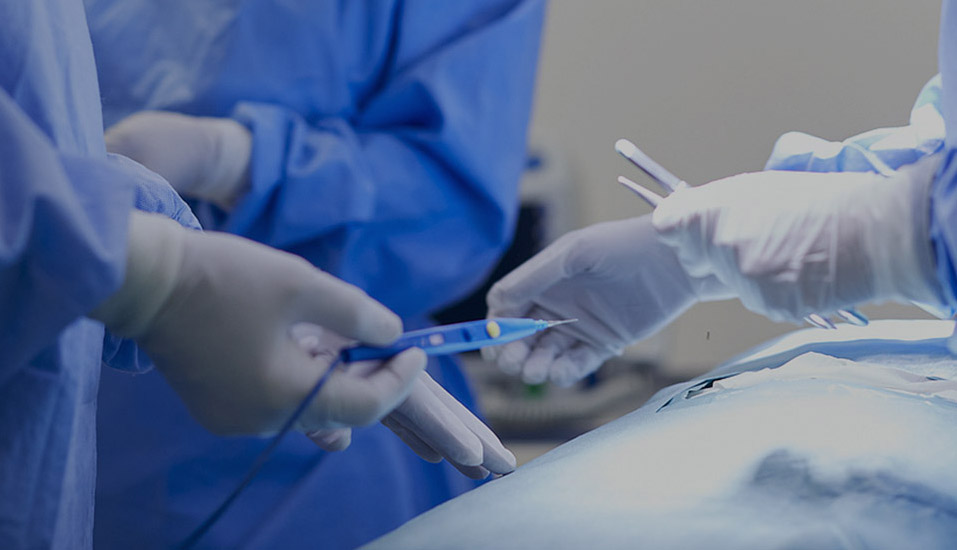
With a building area of 20,310 square metres, the company has a class 100,000 purified production workshop, a class 10,000 microbiology testing room, a local class 100 physical and chemical laboratory, and a standardised storage system for raw materials and finished products.
Since the initial batch of products were launched in 2013, Eray has continuously enriched its product categories. Our products have covered protective masks, nursing consumables, sensory control consumables, surgical instruments, providing safe, efficient and environmentally friendly disposable medical solutions for medical institutions worldwide.
As a professional OEM Laboratory Glassware Washer Suppliers and ODM Laboratory Glassware Washer Factory, The company has passed ISO 13485 and other quality system certifications, and some of its products have obtained CE certification and FDA filing permits, and has established long-term cooperative relationships with many domestic and foreign medical institutions and distributors.
-
Nov 12. 2025
What is the function of a medical pouch cutting machine?1. Core Functions and Roles Quickly Open Medical PackagingIn medical settings, a large number of medical devices, dressings, and medications are sealed in sterile plastic or composite bags. Healthcare professionals need to quickly open these packages in emergencies or routine pro...
Read More -
Nov 05. 2025
How to wear disposable protective masks correctly?1. Steps for wearing disposable protective masks Step 1: wash your handsClean your hands thoroughly with soap and running water, or an alcohol-based hand sanitizer before putting on a disposable protective mask and before and after any activity that may come into contact with the...
Read More -
Oct 31. 2025
How to clean a medical ultrasonic cleaning machine?Cleaning a medical ultrasonic cleaning machine is a crucial yet often overlooked step. Regular cleaning prevents cross-contamination, maintains cleaning effectiveness, and extends the life of the equipment. 1. Daily Cleaning and Maintenance (After Each Use) This is the most basic...
Read More
In scientific research laboratories, the accuracy and reproducibility of experimental data are crucial, and the cleanliness of glassware directly impacts experimental results. Traditional manual cleaning methods are not only inefficient but also difficult to ensure consistent cleanliness across every piece of glassware, easily introducing human error. The advent of laboratory glassware washers has revolutionized this situation. Through automated, standardized cleaning processes, they ensure that every piece of glassware meets the required cleanliness standards for experiments.
Laboratory glassware washers go far beyond simple cleaning. They efficiently remove chemical residues, biological stains, grease, and particulate contaminants from glassware, ensuring that subsequent experiments are not disrupted. Whether it's standard beakers and Erlenmeyer flasks, or delicate chromatography vials, pipettes, or even complex condensers, these washers thoroughly clean every detail with optimized water flow and cleaning procedures. Furthermore, some high-end models feature high-temperature sterilization or drying capabilities, further meeting the stringent sterile environment requirements of biological laboratories and the pharmaceutical industry.
In terms of product features, laboratory glassware washers incorporate multiple advanced technologies to meet diverse experimental needs. First, its interior is constructed of corrosion-resistant stainless steel or a special polymer material, resistant to strong acids, bases, and organic solvents, ensuring long-term stable operation. Second, its intelligent control system allows users to customize cleaning parameters, such as water temperature, cleaning time, and number of rinses, to accommodate vessels with varying degrees of contamination. For example, a high-temperature alkaline cleaning program can be set for stubborn organic residues, while multiple rinses with ultrapure water can be used for trace analysis experiments to prevent ionic contamination. Furthermore, the modular design of the cleaning basket allows for flexible adjustment to accommodate vessels of varying shapes and sizes, improving cleaning efficiency.
Laboratory glassware washers not only improve cleaning efficiency but also reduce labor intensity for laboratory personnel. Traditional manual cleaning is time-consuming and labor-intensive, and can easily lead to breakage due to improper operation. Automated cleaning, on the other hand, can process large batches of glassware in a short period of time while reducing human error. Furthermore, the standardized operation of the washing machine ensures traceability of cleaning parameters for each batch, providing reliable support for laboratory quality management systems such as GLP and GMP.
Proper maintenance of laboratory glassware washers is crucial for ensuring accurate experimental data and long-term stable operation. After daily use, drain any accumulated water promptly. Thoroughly wipe the wash chamber walls, spray arms, and instrument baskets with a soft cloth dampened with neutral detergent, paying particular attention to removing residual chemicals and scale deposits. Maintaining the spray system is particularly critical. Regularly check the spray holes for blockage and ensure smooth rotation. Clean the filters at the water inlet and outlet to maintain optimal water flow. Water quality directly impacts cleaning results. Use purified water with a conductivity of ≤15μS/cm. Regularly test the water treatment system's performance and replace the activated carbon filter and reverse osmosis membrane promptly. Deep clean the heating element and piping system monthly with a dedicated descaling agent. Afterward, rinse repeatedly with ultrapure water to eliminate chemical residue.
Regular maintenance of mechanical components is essential. Door seals should be coated with medical silicone oil monthly to maintain elasticity. Instrument basket rails should be regularly cleaned and lubricated with food-grade grease. Critical components such as temperature sensors and conductivity probes require professional calibration every quarter to ensure accurate and reliable parameter measurements. Establish a complete maintenance file, recording in detail the content of each maintenance, troubleshooting, and component replacement. Operators should receive professional training and master the correct loading methods and daily maintenance skills. Before long-term deactivation, all water systems must be thoroughly drained and properly treated with anti-mildew and anti-rust treatments. When reactivated, a no-load performance test must be performed. Through standardized preventive maintenance, not only can the service life of the equipment be extended by 3-5 years, but the quality stability of each cleaning operation can also be ensured, providing a solid guarantee for the accuracy of laboratory work. In case of complex faults, professional maintenance personnel should be contacted to avoid secondary damage caused by unauthorized disassembly.



 English
English Español
Español Français
Français



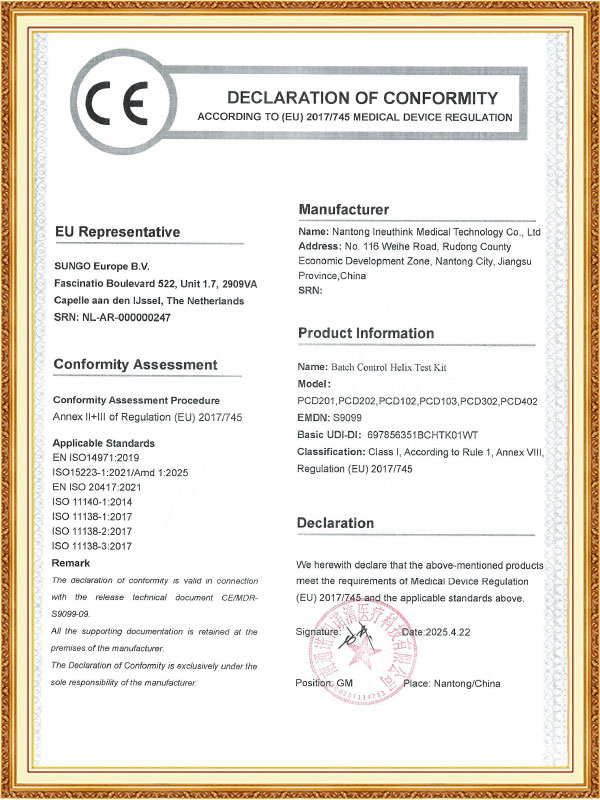

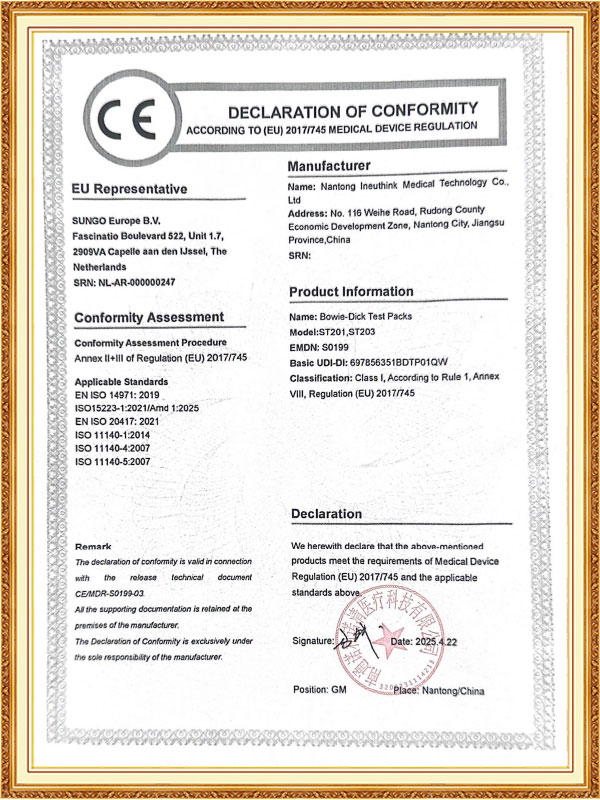

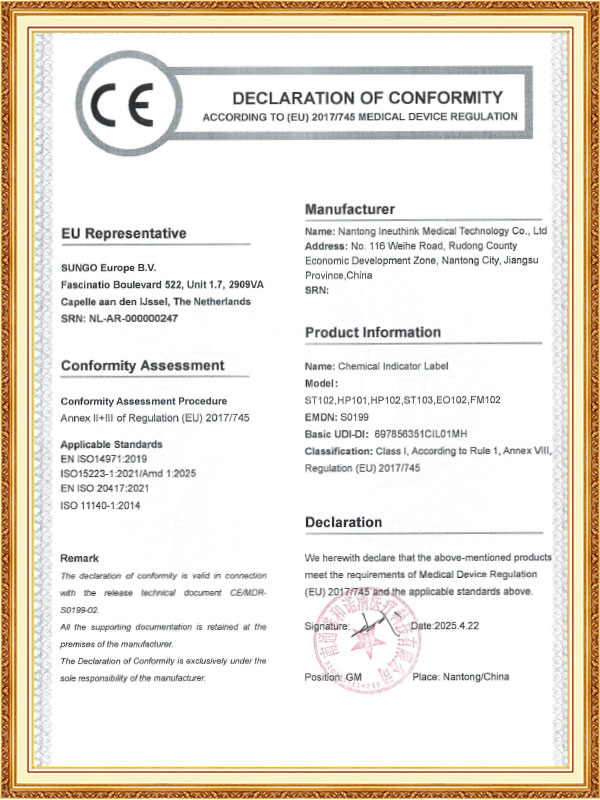
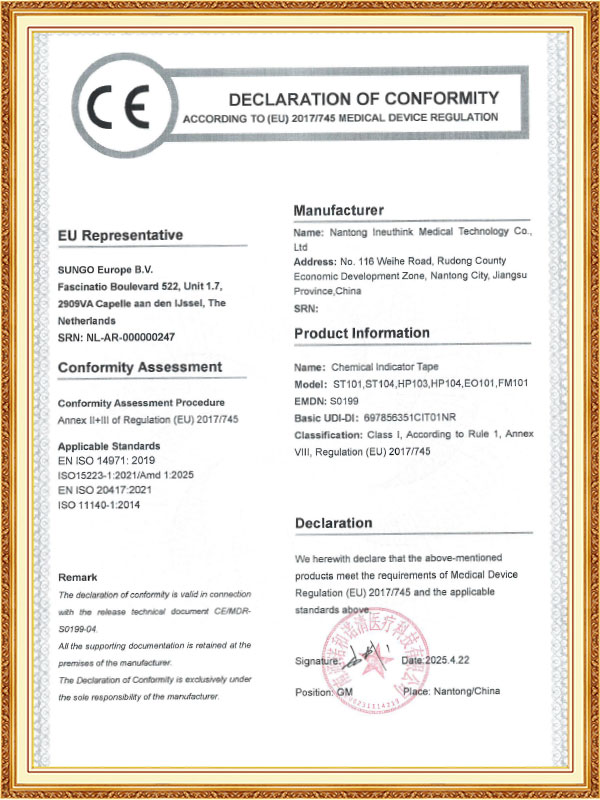
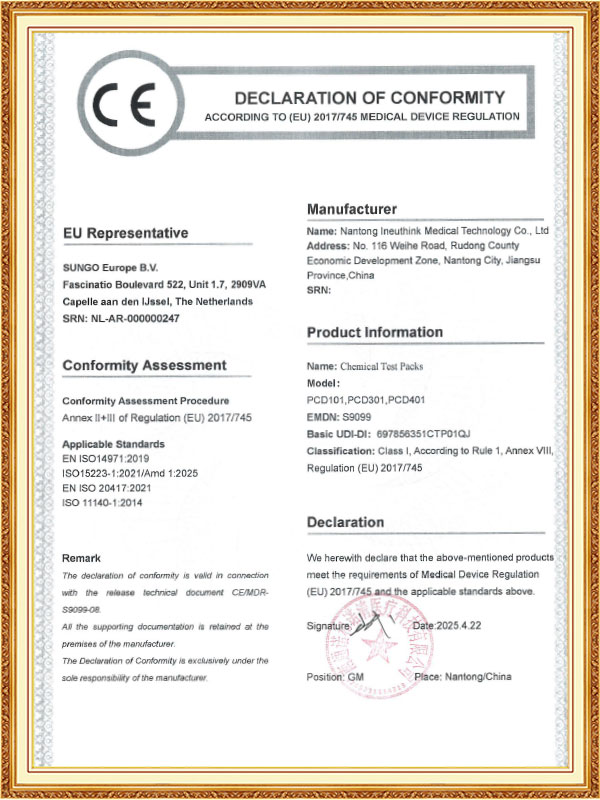








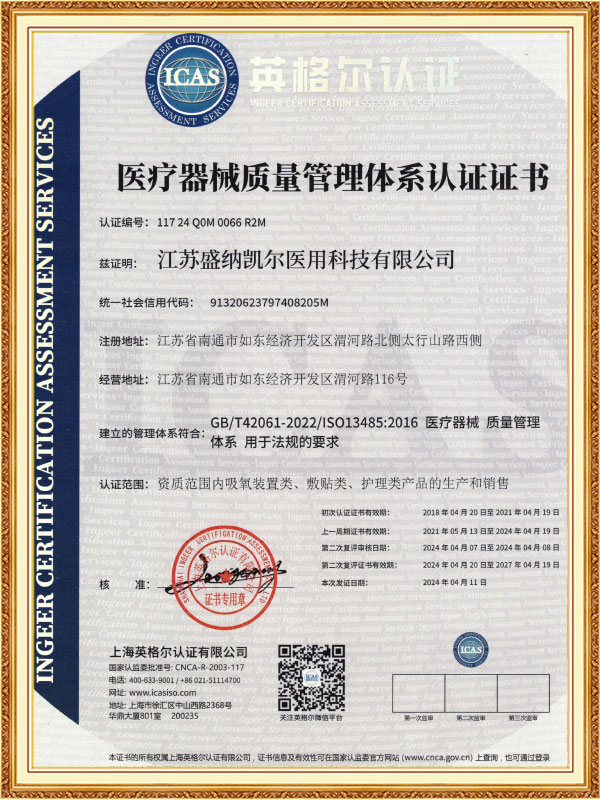
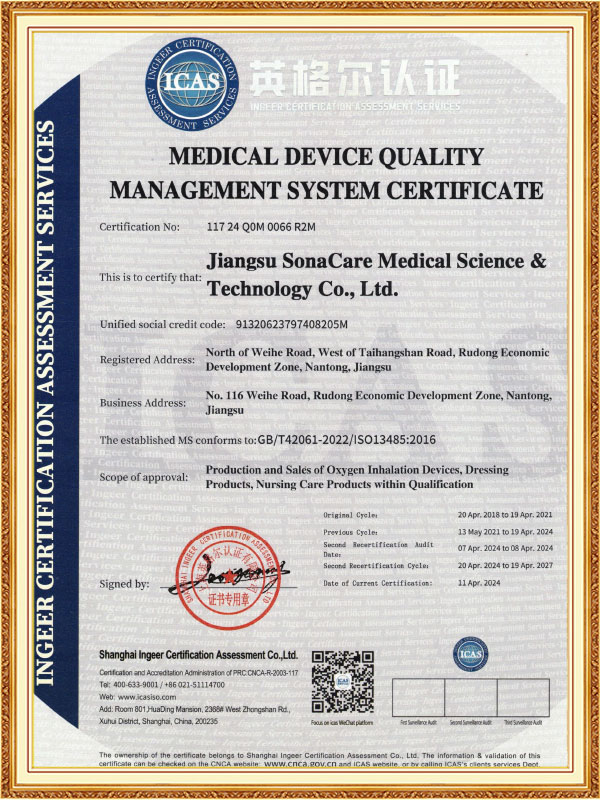



 CONTACT US
CONTACT US